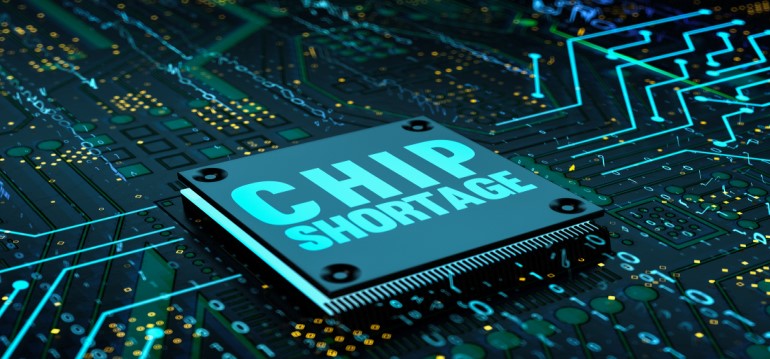In the current economic climate, it feels that there isn’t a week that goes by without reported shortages. Whether it’s the lack of sunflower oil due to 52% of it being sourced from Ukraine, or the well-publicised scarcity of baby formula products in the United States, businesses are facing new challenges in bringing services and products to consumers.
The electronics sector hasn’t been immune from material shortages, with the lack of semiconductor chips affecting industries from automotive to games consoles. Almost every digital electronic device today is now powered by a semiconductor, which reflects their importance in the market. Concerningly, following a continued shortage since the onset of the Covid-19 pandemic, it’s now feared that this situation won’t ease until 2023.
While organisations struggle with limited production capabilities and consumers fight to source electrical products, increasing the product lifecycle with sustainable electronics will help keep stock numbers as high as possible and prevent more chips being needed for repair or replacements. But what can manufacturers do to ensure this type of longevity and waterproof electronics?
Increasing device lifespan
The answer is sustainable conformal coatings. Increasing the product lifecycle for as long as possible will not only ensure value is maintained for the current user, but also for any subsequent users. Preventing electronic damage typically revolves around the need to reduce corrosion to internal elements from liquid ingress. Depending on the type of device, there’s likely to be different requirements, whether it’s simply splash resistance to increase the hydrophobic properties or the ability to be submerged.
Thankfully, P2i’s ultra-thin plasma coatings are the way to sustainably protect devices and materials. These coatings keep devices working for longer and means that scrap is eliminated from the assembly line when the product is manufactured due to being reworkable, while return rates reduce as reliability increases.
Reduce, reuse, recycle
While maintaining product lifespan is beneficial in reducing the number of scarce additional semiconductors needed for replacements, it’s also critical in contributing to the circular economy. It’s been calculated that in 2022, there is over 347 metric tonnes of unrecycled e-waste on earth, with only 17.4% of it being collected and properly recycled.
Building sustainability into IoT devices from the design stage is vital to ensure that they don’t add to the concerning number of e-waste electricals sitting on landfill. Increasing product lifespan is also a necessity as consumers aim to be more sustainable in their purchases. According to Deloitte’s Sustainability & Consumer Behaviour 2021 report, over a third (34%) of consumers said that they opt for brands that have environmentally sustainable practices or values.
Accounting for external factors
There’s little doubt that the shortfall of semiconductor chips has sent shockwaves through the electronics sector. With the issue looking set to remain, manufacturers need to adopt sustainable solutions to keep their products out in the market for longer, allowing them to weather the chip shortage storm. Increasing product lifecycles has an additionally positive effect on the circular economy. Organisations now have a responsibility to keep IoT devices operational and away from landfill, thereby benefitting the planet and meeting consumer demand.
See how P2i’s unique technology benefits the electronics sector by reading our dedicated page.

